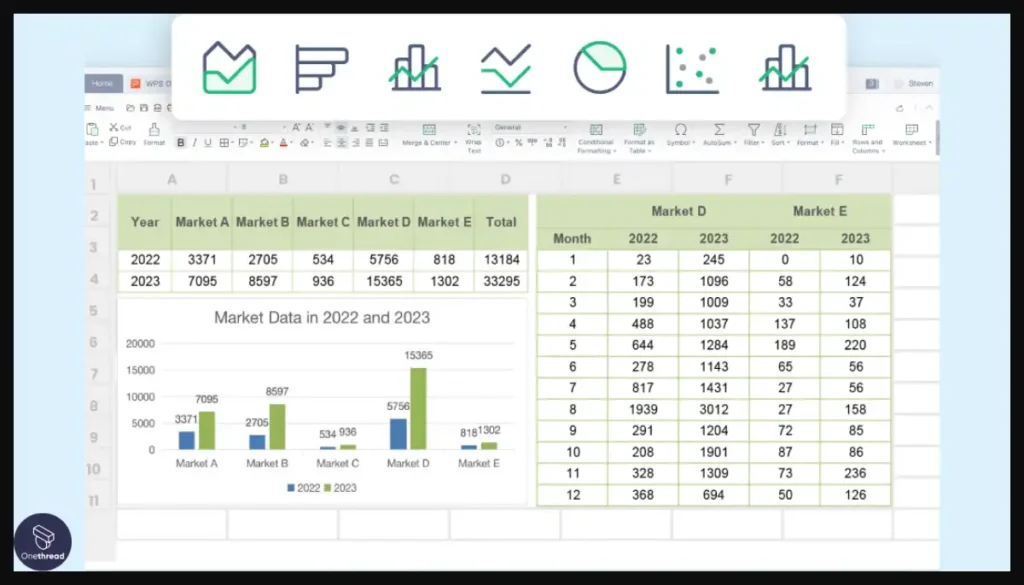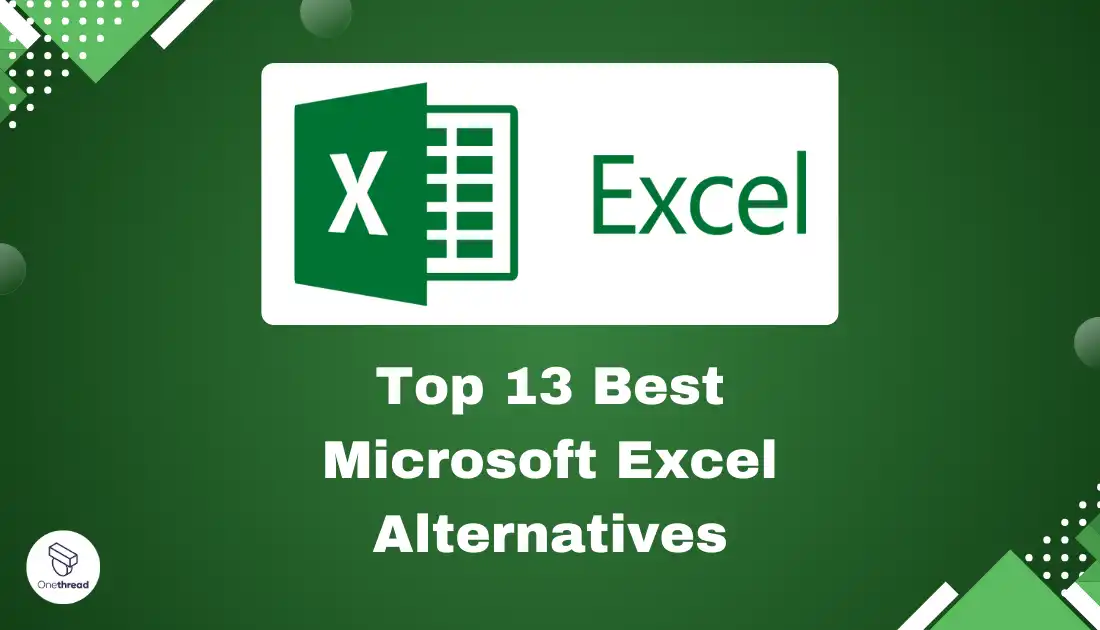Curious about transitioning from spreadsheets to SQL? Learn how to make the switch with ease in our essential guide.
Table of Contents
“`html
Welcome, dear teachers-turned-data-analysts! So you’ve been crunching numbers in Excel for years, but now you’re ready to take your data analysis skills to the next level by diving into the world of SQL. Fear not, for I am here to guide you through this seamless transition from Excel sheets to SQL suites. Let’s embark on this exciting journey together! Trust me, you’ll soon realize that SQL is not as intimidating as it seems.
Understanding the Basics of SQL
First things first, let’s demystify SQL. SQL, which stands for Structured Query Language, is a powerful tool that allows you to interact with databases for data manipulation and analysis. Unlike Excel, which is a spreadsheet tool, SQL is specifically designed for handling databases and can perform advanced queries with ease. Some common SQL commands you’ll encounter include SELECT, FROM, WHERE, JOIN, and more.
Setting Up SQL Environment
Before you can start flexing your SQL muscles, you’ll need to set up your SQL environment. Begin by installing SQL Server Management Studio, a free tool that provides a user-friendly interface for interacting with databases. Once you have SSMS up and running, create a database and tables to store your data. To smoothly transition from Excel to SQL, you can easily import your Excel data into SQL tables.
Converting Excel Functions to SQL Queries
One of the fundamental shifts you’ll need to make when transitioning from Excel to SQL is converting Excel functions to SQL queries. For example, the VLOOKUP function in Excel is closely related to the JOIN keyword in SQL, which allows you to combine data from multiple tables. Similarly, IF statements in Excel can be transformed into CASE statements in SQL to handle conditional logic.

Image courtesy of www.onethreadapp.com via Google Images
Writing SQL Queries
Now that you have a grasp of basic SQL concepts, it’s time to start writing your own queries. Start by selecting data from a single table, then move on to joining multiple tables to retrieve more complex datasets. Utilize the WHERE clause to filter your data based on specific criteria, making your queries more targeted and efficient.
Grouping and Aggregating Data in SQL
Grouping and aggregating data is a powerful feature in SQL that allows you to summarize and analyze large datasets. By using the GROUP BY clause and aggregate functions like SUM, AVG, and COUNT, you can generate insightful statistics and metrics from your data. Don’t forget to apply the HAVING clause to further filter your aggregated results.

Image courtesy of www.linkedin.com via Google Images
Sorting Data in SQL
Sorting data in SQL is a breeze with the ORDER BY clause. You can sort your data in either ascending or descending order, and even sort by multiple columns for more precise ordering. This feature comes in handy when you need to organize your results for better analysis and visualization.
Updating and Deleting Data in SQL
As you work with data in SQL, you may need to update or delete records from your tables. With the UPDATE statement, you can modify existing data, while the DELETE statement allows you to remove unwanted records. Remember to use caution when making changes to your data and consider using the ROLLBACK command to revert any unintended modifications.

Image courtesy of www.onethreadapp.com via Google Images
Exporting Data from SQL to Excel
Once you’ve analyzed your data in SQL, you may want to export your results back to Excel for further processing or sharing. SQL Server Management Studio offers several convenient options for exporting data, such as saving query results as CSV files or automating data exports with SQL scripts. With these tools at your disposal, transferring data between SQL and Excel is a breeze.
Conclusion
Congratulations, dear teachers-turned-data-analysts, on successfully navigating the transition from Excel to SQL! By mastering the basics of SQL, writing efficient queries, and utilizing advanced features like data grouping and aggregation, you are well on your way to becoming data analysis pros. Remember to practice regularly and continue learning to unlock the full potential of SQL in your data analysis endeavors. Happy querying!
“`
Generated by Texta.ai Blog Automation

